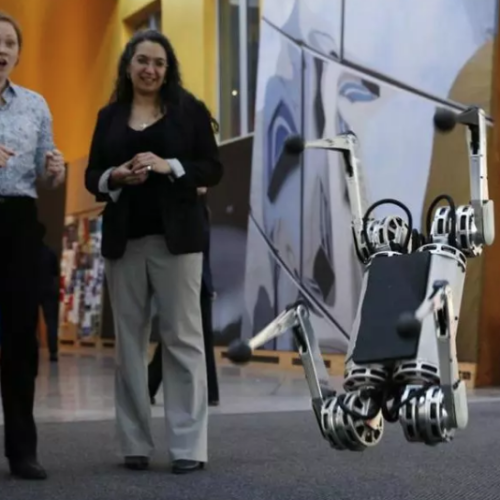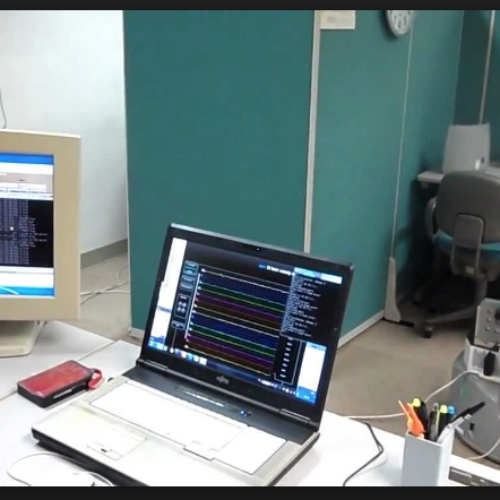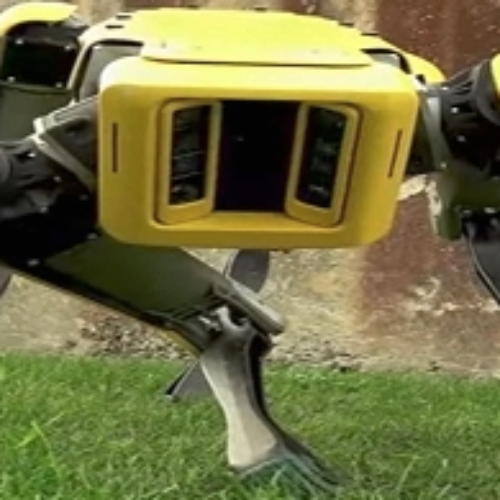Domo
Engineers at MIT Humanoid Robotics Group have developed a robot called Domo that can adapt to situations to assist people with everyday chores, everyday life, everyday work. Cameras inside Domo’s eyes enable him to see and adapt to his surroundings. Twenty-nine motors equipped with computer chips run off a dozen computers continuously updating information.
Presently, Domo can identify objects, reach for them and place them on shelves. Unlike an assembly-line robot, Domo can sense its surroundings using a pair of video cameras for eyes; they are connected to 12 computers. The cameras are built into remarkably human-looking “eyeballs,” for a reason, said Domo’s developer, Aaron Edsinger.
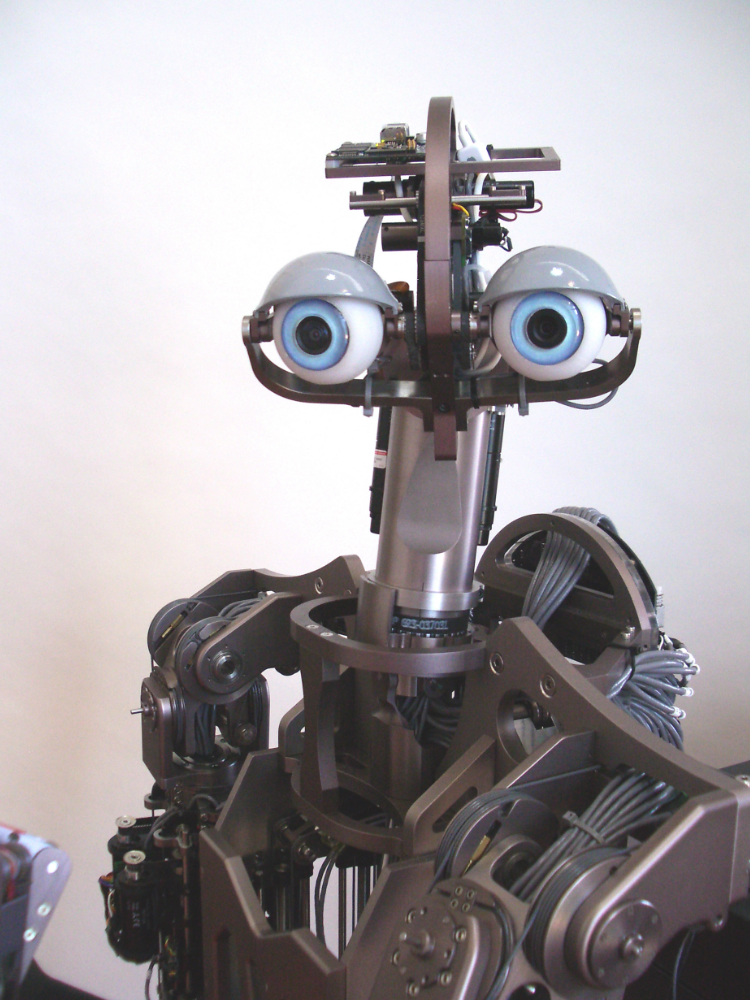
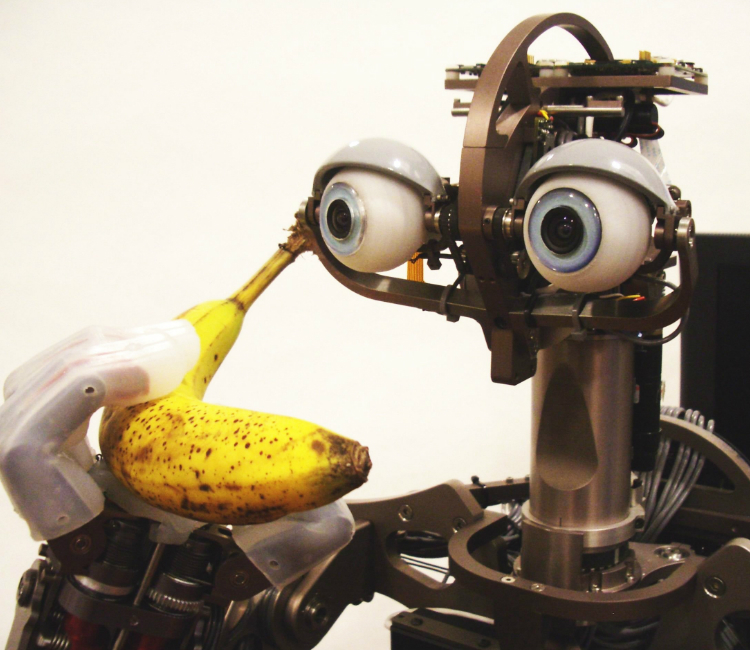
The name “Domo” was inspired by the Japanese phrase, domo arigato [thank you very much], Edsinger told LiveScience, and also by the Styx song, “Mr. Roboto.” Also, the two strong syllables are easy for the speech recognition system to understand.
You might also like
Mini Cheetah From MIT
Mini Cheetah from MIT is the first four-legged robot that can do backflips. We all know the Atlas from Boston Dynamics is capable of them, but he only has two legs
Robots To Help With Your Job
The UNSW Creative Robotics Lab and Fuji Xerox Research Technology Group have said they are not interested in making robots to replace humans. For the last three years they have
Another Step Forward For SpotMini
Boston Dynamics has progressed even further with SpotMini, now it will open doors to lets its friends through. The company is well known for producing robots that can walk, run,
